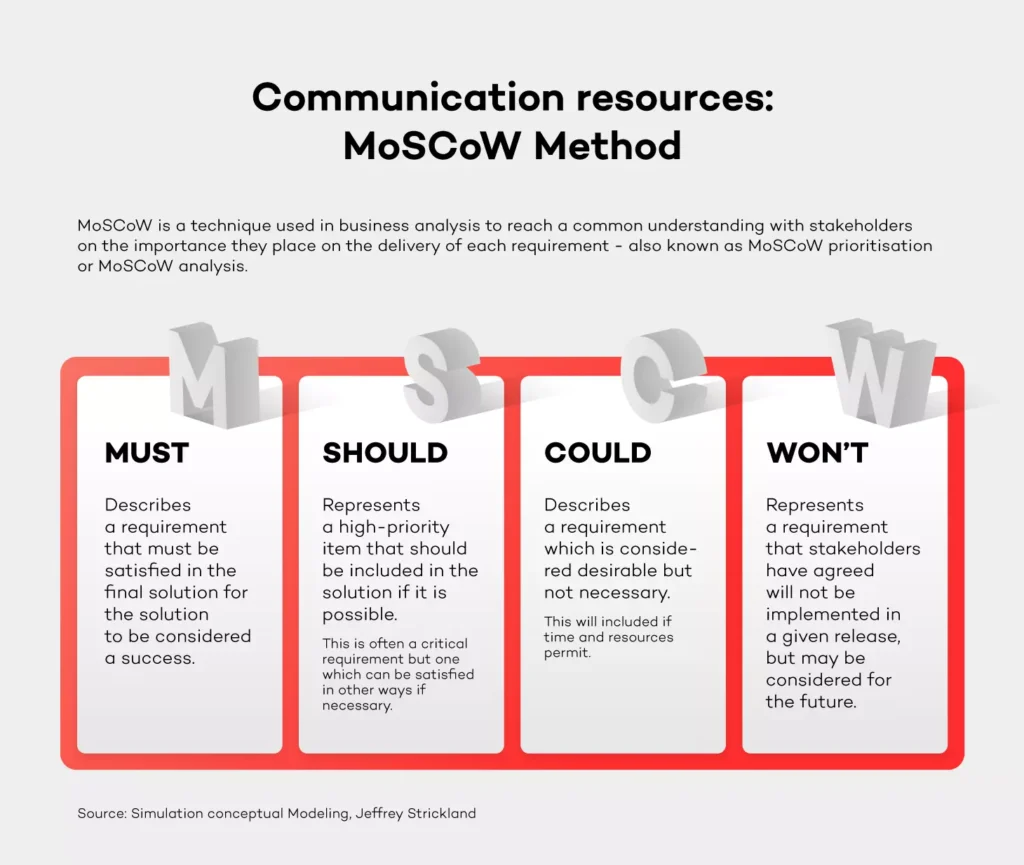7 Tips on How to Manage Backlog in XP

Proper backlog maintenance is extremely important for the product to be successful. Usually, it’s the Product Owner’s responsibility to manage the backlog. The right approach and tools can be very helpful in this case.
Imagine a situation in which the product has already been released to the customers. You had a very specific plan with every step written out and what should be done next. Then, every week brings in a few new ideas on how to improve the product. At one point, you realize that you have several hundred new feature ideas which haven’t even been analyzed yet. Been there, done that, right? Right!
There are many factors and models out there saying how backlog should be managed. As a matter of fact, there is no right answer as to how it should be done. It must be somehow unique and aligned to your team, company, strategy and your resources. Depending on the project size, the ability to work with the business or support departments there are many ways in which the workflow can be divided. The only sure thing is — it’s always the Product Owner’s responsibility to keep the backlog in good shape and make sure that only the best feature ideas are being stored in it. Those feature ideas should be considered as a new value added to the product.
With all that said, let’s discuss in more detail the good practices on how to manage the backlog in XP environment.

One Backlog, No Excuses
First and foremost, align your backlog management to the KISS principle (Keep it simple, stupid) to work efficiently. It is crucial that backlog management is done continuously and without any ice boxes or intermediate placeholders. Keep it plain, have a stack of ideas, accept or reject them, add to the backlog and develop. It’s important to keep everything in order so that it is transparent to the team and especially to the stakeholders. Also, remember that everyone should have access to the backlog and be able to see the big picture. In other words, these are not the Product Owner’s personal notes.
Another aspect of this is feature idea management. The ideas will come from different sources – customers, answers to bugs, analysts’ vision, stakeholder ask, etc. Depending on the project size, the PO won’t be able to manage everything by himself and track every idea inside of the backlog. Therefore, if the projects start to grow, you should consider having a separate bucket for these ideas which haven’t been verified and which of them would be the support’s, assistant’s or the team’s responsibility. Those items would need to be verified, transformed into a legitimate improvement request, preferably with the use of a template.
It is worth mentioning that bugs are not always a part of the backlog. Given the project size, sometimes you’ll need a separate tool for the support team and you don’t want all customer issues to interfere with the business vision of your product. It’s great if you can manage both in one place, but it’s not mandatory and at some point, you’ll need to divide those two buckets. The backlog should focus on the business value — user stories — so basically anything new that will be added or enhanced.
Manage the Backlog Given the Business Perspective
Many Product Owners are deeply invested in team management. The common mistake, however, is structuring the backlog based on some other factors than the business value — i.e. specific resources being available.
It is important, though, to have the ability to sort and filter items in the backlog, so that you are able to achieve what had been mentioned earlier. If someone from your team has limited knowledge and can only work in particular areas, they should be able to find their way without the help from the PO.
Clean up the Backlog Regularly
If there is a feature idea that has been sitting in the backlog for a few months while you do frequent releases – remove it. Apparently, there’s always something more important to do and that particular feature is just not that mandatory. Priorities always tend to shift, product changes over time. You should focus only on the current and next release. If you know for sure that this feature will not be done in this timeline, better throw it away.
You need to make hard choices every day and reject feature ideas on the fly. If you need to consult your decision in some cases, do it on a weekly basis – don’t postpone the decision. Think only about the current state of the project. A good way of prioritizing things is the MoSCoW method (identify items as a Must, Should, Could or Won’t have). Using a number as priority (i.e. P1-P4) usually doesn’t say nothing about the actual willingness to do the work – it rather indicates when you want to do something.

Verify Feature Ideas on the Market
So, you’ve come to the point that you have more than enough to plan a release. What’s next? Usually, it would be the implementation phase. I’d strongly suggest verifying every idea on the market. There are several ways of doing that. While conducting interviews with customers or people who work in the same industry would take too much time and resources, an online voting system would be perfect. On top of that, in-depth market research done by the Discovery Product Manager could also be a good idea. Keep the balance though, if stakeholders have a strong opinion about doing the feature which is estimated for a low cost, take a leap of faith if you feel like it.
This is also an important message sent to the market – hearing out users or customers, asking them for verification and priority. It will make them feel as if they have had a huge impact since the product is aligned with their needs.
Adjust Backlog to Release Cycle
As I mentioned previously, the backlog should reflect the current and the next sprint. Let’s say that you release every 3 months. Once the current sprint is already planned, put new items only for the next sprint. You should have an idea of what the velocity of your team is, so if something more valuable comes to the backlog, you need to remove something from it.
Be Responsible for the Product
As a Product Owner, you can always ask for help from the team, but in the end, you’re the driver. It’s your mission. The team can help with the analysis, completing the requirements, designs or estimate but you are fully responsible for the outcome and maximizing the value of the product.
They say that the Product Owner should be an independent decision maker, but you know what it’s like. Your boss will sometimes have a different opinion, but if you feel strong about your assessment, you shouldn’t let go.
Adjust and Look for a Silver Lining
Don’t adopt things as they are, just because someone said so. You need to take the process, adjust it to your situation and make it work. As I stated in the introduction, every project and company have their own unique structure. There is no point in making a revolution and changing everything.
It’s all about enhancing the product and making your life easier. Take one day at a time and do your best to improve the process with one thing in mind – the product always comes first. Processes shouldn’t interfere with your daily work.
Summary
I hope that this article will help you manage backlog better. My main advice is to keep it simple and transparent. It’s all about keeping the whole team happy and engaged. Every vision, even the most ideal one needs a compromise to make it work in real life.
Check related articles
Read our blog and stay informed about the industry's latest trends and solutions.
see all articles




